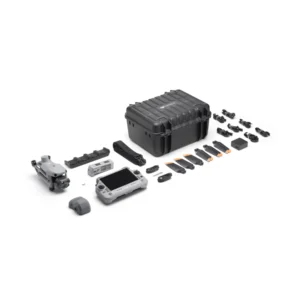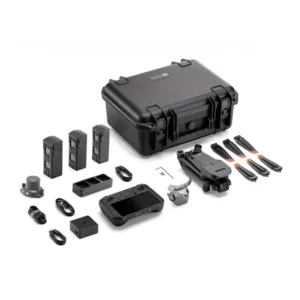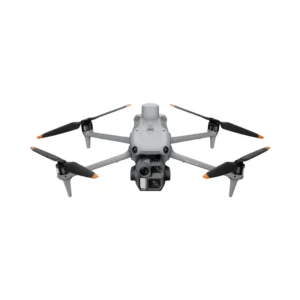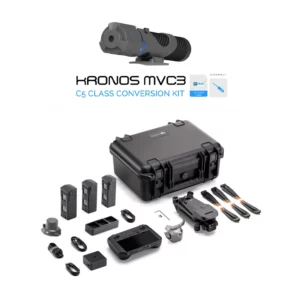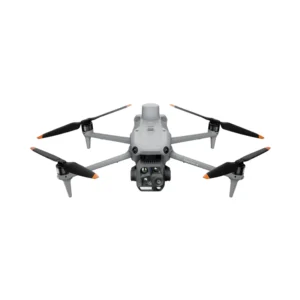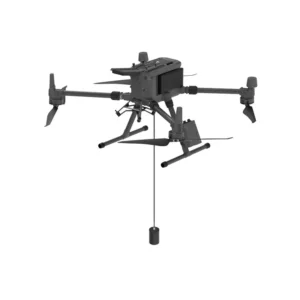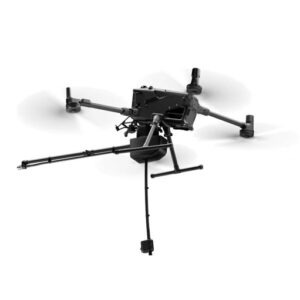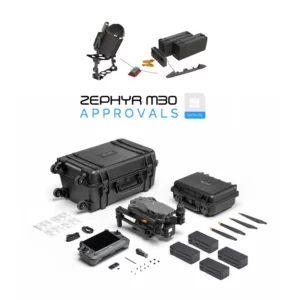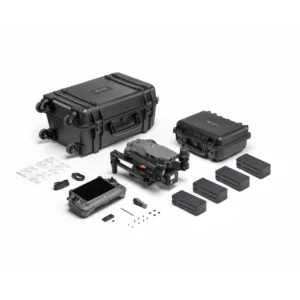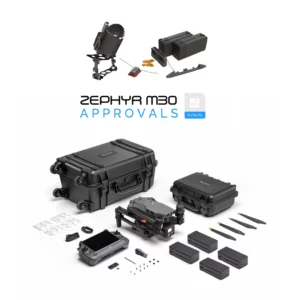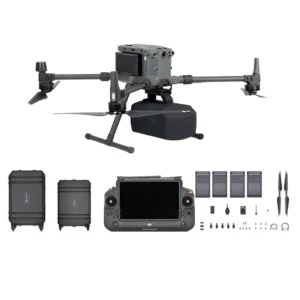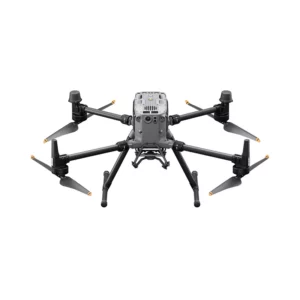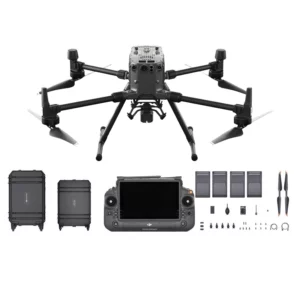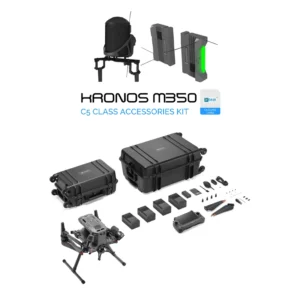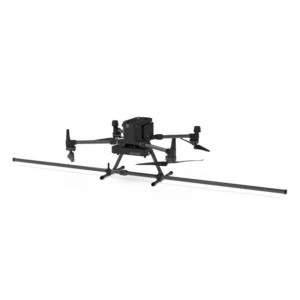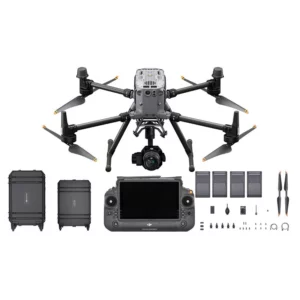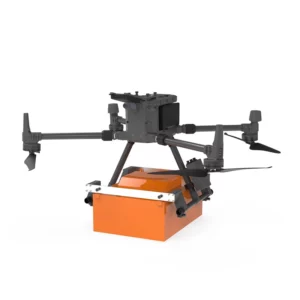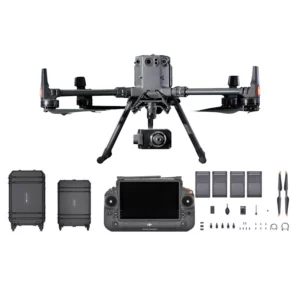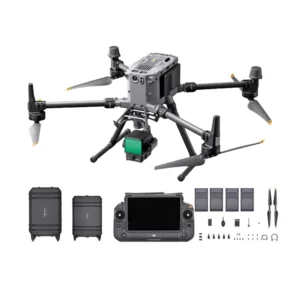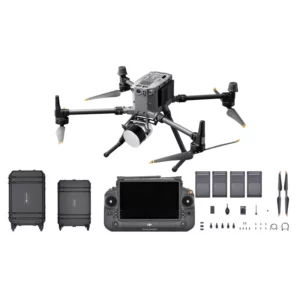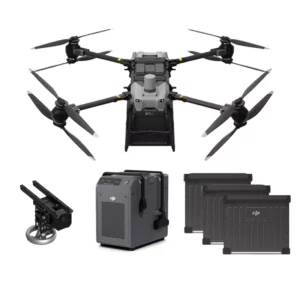Industry 4.0

Industry 4.0
Take advantage of Industry 4.0, up to 20 percent Tax Relief
The goal of Industry 4.0 is to incentivize Italian companies that invest in capital goods to improve, through digitization, their production processes.This translates into Fiscal benefits on the one hand and Productive benefits on the other.
Why
Drones are an integral part of this process, which binds all digital devices together through technological advancement and makes it possible to generate optimized performance in all professional fields, for useful answers to society in all areas of management, production, environmental and urban planning.
To whom it is addressed
All professionals (and future professionals) in the technology, information and geo-spatial fields seriously interested in a continuous process of learning and innovative investment, in particular:
- Start-upper
- Freelancers (Engineers, Architects, Geologists, Agronomists, Surveyors, Real Estate Agents)
- Technology managers of SMEs in the 4.0 sector
- Specialized technicians from Public Administration and Law Enforcement.
How it works
Until Dec. 31, 2025, you can file with your accountant to obtain a minimum 20 percent tax recovery. To do so, you must obtain a technical statement from the retailer or manufacturer that complies with the regulations for Industry/Transition 4.0.
This statement must attest, paragraph by paragraph, to compatibility with the requirements of the standard. In particular, it must highlight the system’s ability to “expose” to the controlling business assets a repository of instrumental data, essential for real-time or near-real-time monitoring of the health or workload status of the UAS platform covered by the declaration.
DroneBase, as a UAS consulting firm, offers this service free of charge to its clients by providing the statement when billing for tax purposes.
drones can fall under Industry 4.0, but they must meet specific requirements under the regulations and guidelines that govern access to incentives such as the overdepreciation or tax credit. In the context of Industry 4.0, drones can be considered innovative tools when used as part of integrated and interconnected systems for data collection, processing and analysis.
Main requirements
To fall under Industry 4.0, drones must meet the following requirements:
- Interconnection with other business systems:
- They must be integrated into enterprise systems such as ERP, MES or management software.
- Data collection and transmission must be automated.
- Real-time monitoring:
- They must enable real-time data collection and send it to a central system for processing.
- Automation and remote control:
- Drones must be able to operate autonomously or be remotely controlled with advanced systems.
- Integration with data analytics and IoT:
- They need to be connected to IoT platforms for advanced analytics, artificial intelligence or machine learning to improve efficiency and decision making.
Specific applications
Drones can be part of Industry 4.0 projects in several areas:
- Inspection and maintenance:
- Monitoring of infrastructure (bridges, roads, power lines) with data collection for predictive maintenance.
- Precision agriculture:
- Use for mapping, crop condition analysis and targeted spraying.
- Logistics:
- Transportation of small packages or materials in industrial areas.
- Surveying and construction:
- Site monitoring, 3D model creation and terrain analysis.
Certifications and documentation
To access the tax benefits provided for Industry 4.0, it is necessary:
- Draw up a sworn technical report (if the value is more than €300,000).
- Demonstrate compliance with the technical requirements of the Industry 4.0 Ministerial Decree.
- Document integration with enterprise systems and advanced drone capabilities.
When designed or configured to operate under these conditions, drones are a highly innovative solution for industrial automation and can benefit from the incentives provided.
Drones can fall into different categories of capital goods for Industry 4.0 purposes, depending on their specific configuration and use.
Listed below are the main reference categories according to the regulations:
- Functional goods for technological and digital transformation of production processes
According to Annex A of the Budget Law (which defines assets for the Industry 4.0 Plan), drones can be classified into:
- Intelligent machines: When integrated into a manufacturing system and interconnected to enterprise management systems for process monitoring and automation.
- Systems for interconnected logistics: Drones used for automated transportation of goods within industrial facilities, or for supply chain monitoring.
Example: Drones for real-time inspection and mapping of a plant, integrated with an ERP system.
Annex A – Functional goods for the technological and digital transformation of enterprises according to the “Industry 4.0” model
1.11 machines, including traction and operating machines, tools and devices for loading and unloading, handling, weighing and automatic sorting of parts, automated lifting and handling devices, AGVs and flexible conveying and handling systems, and/or equipped with part recognition (e.g. RFID, vision and mechatronic systems)
1.12 automated warehouses interconnected to factory management systems
1.13 intelligent devices, instrumentation and components for integration, sensing and/or interconnection and automatic process control also used in the modernization or revamping of existing production systems
Some of our state customers
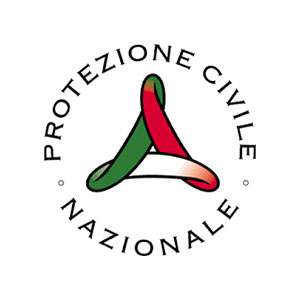
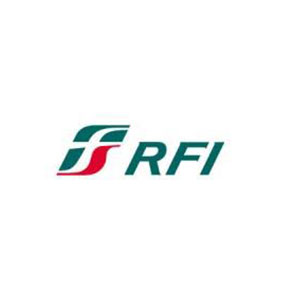





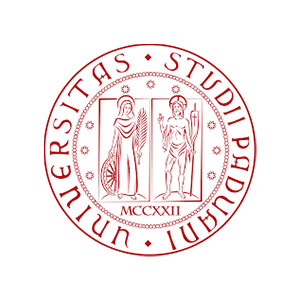
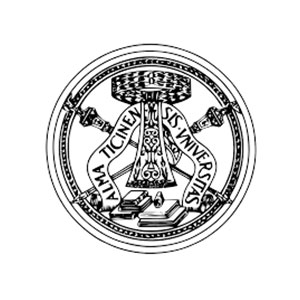
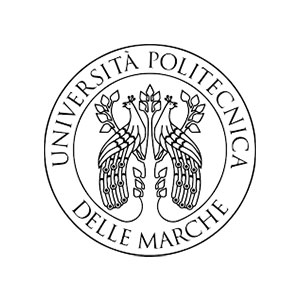
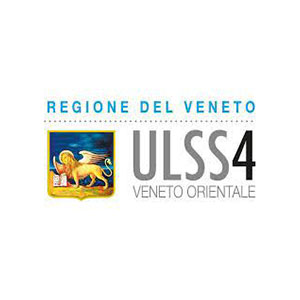
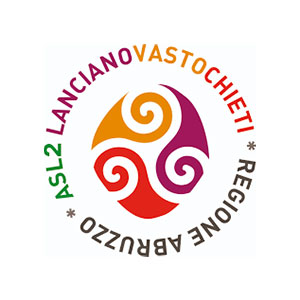
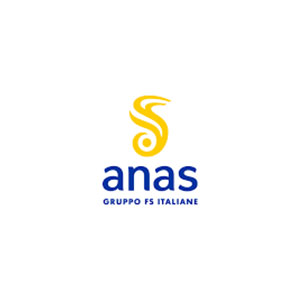
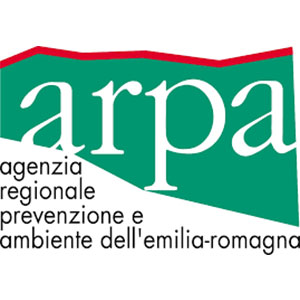
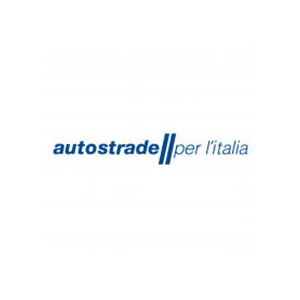
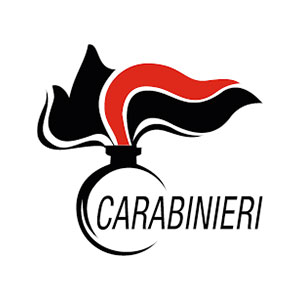

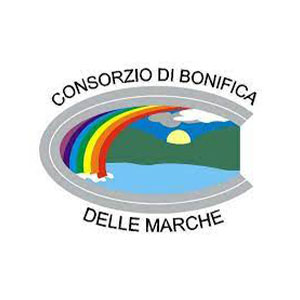





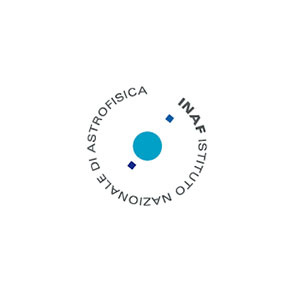
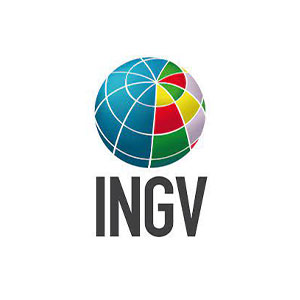
Discover Our Combos
-
Combo, Combo Photogrammetry
DJI Mavic 3 Enterprise Photogrammetry Combo
0 out of 5(0)The Mapper range combos include everything professionals need (Drones, Sensors, Software) for Drone Photogrammetry, Mapping, Architectural Surveying and GIS Includes:1 x DJI Mavic 3 Enterprise – Care 1 Year1x DJI Mavic 3 Enterprise Battery Kit1x DJI Mavic 3 Enterprise RTK Module
SKU: DJC2E1-CF -
Combo, Combo Video Surveillance & Search Missing
DJI Mavic 3 Thermal Missing & Video Surveillance Combo
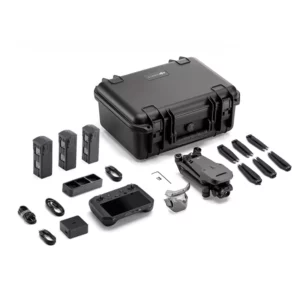
 Combo, Combo Video Surveillance & Search Missing
Combo, Combo Video Surveillance & Search MissingDJI Mavic 3 Thermal Missing & Video Surveillance Combo
0 out of 5(0)Drones for dispersed search and video surveillance with thermal sensors offer complete solutions for professionals in the field. The Thermal range includes everything you need: advanced drones, calibrated thermal sensors, flight planning software and precision GPS.
SKU: DJC2T1-CRV -
Combo, DJI Matrice 4 Series, Promo STS-01EU
DJI Matrice 4E + STS-01EU Combo
0 out of 5(0)The complete package to legally operate in Specific scenarios: The new DJI Matrice 4E with 3 smart batteries, Care Plus coverage and Free*: STS-01 Patent and Free Access to the DROMThub portal. Ideal for businesses, government agencies and professional operators.
*Super Deal:€6199.00€5199.00 Only with Dronext Coupon (Discount in Cart)SKU: n/a -
Combo, Combo BVLOS
BVLOS C5 DJI Mavic 3 Enterprise Combo
0 out of 5(0)The Combo range of drones with certified parachutes and terminators offer state-of-the-art solutions for safety and operational efficiency in critical industries such as Bridges and Viaducts, Wind, Powerline, Pipeline and Large Facilities. Includes:1 x DJI Mavic 3 Enterprise – Care 1 Year1x DJI Mavic 3 Enterprise Battery Kit1x DJI Mavic 3 Enterprise RTK Module “1 x MOC 2512 DJI Mavic 3 Certified Parachute
SKU: DJC2E1-C5 -
Combo, Combo BVLOS
BVLOS C5 DJI Mavic 3 Thermal Combo
0 out of 5(0)The Combo range of drones with certified parachutes and terminators offer state-of-the-art solutions for safety and operational efficiency in critical industries such as Bridges and Viaducts, Wind, Powerline, Pipeline and Large Facilities. Includes:1 x DJI Mavic 3 Thermal – Care 1 Year1x DJI Mavic 3 Enterprise Battery Kit1x DJI Mavic 3 Enterprise RTK Module “1 x MOC 2512 DJI Mavic 3 Certified Parachute
SKU: DJC2T1-C5 -
Combo, DJI Matrice 4 Series, Promo STS-01EU
DJI Matrice 4T + STS-01EU Combo
0 out of 5(0)The complete package to legally operate in Specific scenarios: The new DJI Matrice 4T with 3 smart batteries, Care Plus coverage and Free*: STS-01 Patent and Free Access to the DROMThub portal. Ideal for businesses, government agencies and professional operators.
*Super Deal:€8449.00€7499.00 Only with Dronext Coupon (Discount in Cart)SKU: n/a -
Combo Bathymetry, Drone bathymetry, Echosounder
EchoLogger ECT D052S
0 out of 5(0)The ECT D052S Echologger is a dual-frequency echosounder for hydrographic surveys and sediment analysis. Compatible with DJI drones, it measures up to 200 m accurately with 50 kHz and 200 kHz frequencies, integrating tilt and temperature sensors for reliable data.
SKU: n/aFrom 10.699,00 € VAT incl. This product has multiple variants. The options may be chosen on the product page -
Combo Cleaning Drone, DJI Matrice 400, Drone Cleaning System
Drone Cleaning System DJI Matrice 400
0 out of 5(0)The Drone Cleaning System for DJI Matrice 400 ensures efficient
operation with a pressure of 200bar and a coverage of 600 m²/h.
Ideal for high-altitude cleaning, it ensures rapid
removal of dirt and debris while reducing risks through remote control.SKU: n/aFrom 12.900,00 € VAT incl. This product has multiple variants. The options may be chosen on the product page -
Combo, Combo BVLOS
BVLOS DJI Matrice 30 Combo
0 out of 5(0)The Certified Parachute and Terminator range of drone combos offer state-of-the-art solutions for safety and operational efficiency in critical industries such as Bridges and Viaducts, Wind, Powerline, Pipeline and Large Facilities. Includes:1 x DJI Matrice304 x DJI TB30 Intelligent Flight Battery1x MOC 2512 DJI Matrice 30 Certified Parachute
SKU: DJM31S-30 -
Combo, Combo Video Surveillance & Search Missing
DJI Matrice 30T Missing & Video Surveillance Combo
0 out of 5(0)Drones for dispersed search and video surveillance with thermal sensors offer complete solutions for professionals in the field. The Thermal range includes everything you need: advanced drones, calibrated thermal sensors, flight planning software and precision GPS. Includes:1 x DJI Matrice 30T 4x DJI TB30 Intelligent Battery Station
SKU: DJM31T-CRV -
Combo, Combo Thermography & Inspection
Combo Thermography & Inspection DJI Matrice 30T
0 out of 5(0)The Thermal range combos include everything professionals need (Drones, Sensors, Software) for Photovoltaic, Wind, Structural Inspection and Energy Efficiency. Includes:1x DJI Matrice 30T4x DJI TB30 Intelligent Flight Battery
SKU: DJM31T-CTI -
Combo, Combo BVLOS
BVLOS DJI Matrice 30T Combo
0 out of 5(0)Certified Parachute and Terminator Drone Range Combos offer state-of-the-art solutions for safety and operational efficiency in critical industries such as Bridges and Viaducts, Wind, Powerline, Pipeline and Large Facilities. Includes:1 x DJI Matrice 30T4x DJI TB30 Intelligent Flight Battery1x MOC 2512 DJI Matrice 30 Certified Parachute
SKU: DJM31T-30 -
Combo, Combo Delivery Drones
DJI Matrice 350 + Delivery Box Combo Delivery
0 out of 5(0)With the Delivery range combos, logistics professionals can meet the challenges of drone delivery efficiently, safely and reliably. Includes:1 x DJI Matrice 350 RTK – Care 1 Year1x DJI BS65 Intelligent Battery Station4x TB65 Intelligent Flight Battery1x Delivery Box
SKU: DJM351-CDB -
Combo, DJI Matrice 350 RTK series, Promo STS-01EU
DJI Matrice 350 + STS-01EU Combo
0 out of 5(0)The complete package to legally operate in Specific scenarios: DJI Matrice 350 with 4 smart batteries and charging station, Care Plus coverage and Free*: STS-01 Patent and Free Access to the DROMThub portal. Ideal for businesses, government agencies and professional operators.
*Super Deal:€15349.00€12199.00 Only with Dronext Coupon (Discount in Cart)SKU: n/a -
Combo, Combo Delivery Drones
Combo Delivery DJI Matrice 350 + PTS4 – Four Drop Kit with FPV camera
0 out of 5(0)With the Delivery range combos, logistics professionals can meet the challenges of drone delivery efficiently, safely and reliably. Includes:1 x DJI Matrice 350 RTK – Care 1 Year1x DJI BS65 Intelligent Battery Station4x TB65 Intelligent Flight Battery1xPTS4 – Four Drop Kit with FPV camera
SKU: DJM351-CDK -
Combo, Combo BVLOS
BVLOS C5 DJI Matrice 350RTK Combo
0 out of 5(0)The Combo range of drones with certified parachutes and terminators offer state-of-the-art solutions for safety and operational efficiency in critical sectors such as Bridges and Viaducts, Wind, Powerline, Pipeline and Large Facilities. Includes:1 x DJI Matrice 350 RTK – Care 1 Year1x DJI BS65 Intelligent Battery Station4x TB65 Intelligent Flight Battery1x MOC 2512 DJI Matrice 350 Certified Parachute
SKU: DJM351-C5 -
Combo, Combo Video Surveillance & Search Missing
DJI Missing & Video Surveillance Combo DJI Dock + DJI Matrice 3DT + DJI FlightHub 1 Year
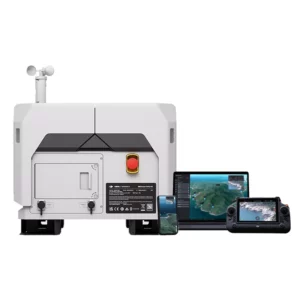 Combo, Combo Video Surveillance & Search Missing
Combo, Combo Video Surveillance & Search MissingDJI Missing & Video Surveillance Combo DJI Dock + DJI Matrice 3DT + DJI FlightHub 1 Year
0 out of 5(0)Includes:1 x DJI Dock 21 x 12-month warranty1 x Matrice 3DT1 x DJI 3D Matrice Series Intelligent Flight Battery1 x DJI RC Pro Enterprise1 x DJI FlightHub 1 Year
SKU: DJDOK2-CFH -
Georadar & Magnetometer Combo, Magnetometer
Drone magnetometer – Sensys MagDrone R3
0 out of 5(0)The Sensys MagDrone R3 is an ultra-portable magnetometer for drones, compatible with DJI M300 and M350 RTK. Designed for surveys over large areas, it is ideal for operations inaccessible on the ground. Equipped with built-in GPS, it supports optimal geotagging and connects to external GPS. Perfect for mining exploration, security, archaeology and underground structure surveying.
SKU: n/aFrom 19.520,00 € VAT incl. This product has multiple variants. The options may be chosen on the product page -
Combo, Combo Photogrammetry
DJI Matrice 350 + Zenmuse P1 Photogrammetry Combo
0 out of 5(0)The Mapper range combos include everything professionals need (Drones, Sensors, Software) for Drone Photogrammetry, Mapping, Architectural Surveying, and GIS Includes:1 x DJI Mapper 350 RTK – Care 1 Year1x DJI BS65 Intelligent Battery Station4x TB65 Intelligent Flight Battery1x DJI Zenmuse P11x DJI Terra Pro Overseas 3-month demo (1 device)
SKU: DJM351-CP1 -
Georadar, Georadar & Magnetometer Combo, UgCS – SPH
Georadar Drone – Zond Aero 500 NG
0 out of 5(0)The Zond Aero 500 is an ultralight, single-unit ground penetrating radar (GPR) system specially designed for portable solutions. Compatible with DJI Matrice 300 and 350 drones, this georadar offers advanced performance for geophysical and archaeological survey applications.
SKU: n/aFrom 21.959,00 € VAT incl. This product has multiple variants. The options may be chosen on the product page -
Combo, Combo Video Surveillance & Search Missing
DJI Missing & Video Surveillance DJI Dock + DJI Matrice 3DT + DJI FlytBase 1 Year Combo
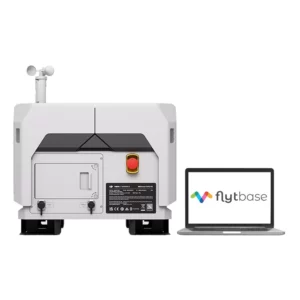 Combo, Combo Video Surveillance & Search Missing
Combo, Combo Video Surveillance & Search MissingDJI Missing & Video Surveillance DJI Dock + DJI Matrice 3DT + DJI FlytBase 1 Year Combo
Rated 5.00 out of 5(0)Includes:
SKU: DJDOK2-CFB -
Combo, Combo Photogrammetry
DJI Matrice 350 & BL6100 Pro Photogrammetry Combo
0 out of 5(0)The Mapper range combos include everything professionals need (Drones, Sensors, Software) for Drone Photogrammetry, Mapping, Architectural Surveying and GIS Includes: 1 x DJI Mapper 350 RTK – Care 1 Year1x DJI BS65 Intelligent Battery Station4x TB65 Intelligent Flight Battery1x Bl6100 Pro
SKU: DJM351-BL61 -
Georadar, Georadar & Magnetometer Combo, UgCS – SPH
Georadar Drone – Zond Aero 1000 NG GPR
0 out of 5(0)The Zond Aero 1000 is an ultralight, single-unit ground penetrating radar (GPR) system specially designed for portable solutions. Compatible with DJI Matrice 300 and 350 drones, this georadar offers advanced performance for geophysical and archaeological survey applications.
SKU: n/aFrom 24.399,00 € VAT incl. This product has multiple variants. The options may be chosen on the product page -
Combo, Combo Thermography & Inspection
Combo Thermography & Inspection DJI Matrice 350 + Zenmuse H30T
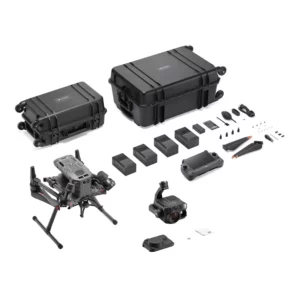
 Combo, Combo Thermography & Inspection
Combo, Combo Thermography & InspectionCombo Thermography & Inspection DJI Matrice 350 + Zenmuse H30T
0 out of 5(0)The Thermal range combos include everything professionals need (Drones, Sensors, Software) for Photovoltaic, Wind, Structural Inspection and Energy Efficiency. Includes:1 x DJI Matrice 350 RTK – Care 1 Year1x DJI BS65 Intelligent Battery Station4x TB65 Intelligent Flight Battery1x DJI Zenmuse H30T
SKU: DJIM351-H30T -
Combo, Combo Video Surveillance & Search Missing
DJI Missing Search & Surveillance Combo DJI Matrice 350 + Zenmuse H30T

 Combo, Combo Video Surveillance & Search Missing
Combo, Combo Video Surveillance & Search MissingDJI Missing Search & Surveillance Combo DJI Matrice 350 + Zenmuse H30T
0 out of 5(0)Drones for dispersed search and video surveillance with thermal sensors offer complete solutions for professionals in the field. The Thermal range includes everything you need: advanced drones, calibrated thermal sensors, flight planning software and precision GPS. Includes:1 x DJI Matrice 350 RTK – Care 1 Year1x DJI BS65 Intelligent Battery Station4x TB65 Intelligent Flight Battery1x DJI Zenmuse H30T
SKU: DJM351-CRV -
3D Lidar Combo, Combo
DJI Matrice 350 + Zenmuse L2 3D Lidar Combo
0 out of 5(0)The Lidar range combos include everything professionals need (Drones, Sensors, Software) for Bridges and Viaducts, Wind, Powerline and Pipeline, Large Structures. Includes:1 x DJI Matrice 350 RTK – Care 1 Year1x DJI BS65 Intelligent Battery Station4x TB65 Intelligent Flight Battery1x DJI Zenmuse L21x DJI Terra Pro Overseas 3-month demo (1 device)
SKU: DJM351-CL2 -
3D Lidar Combo, Combo
DJI Lidar Matrice 350 + TopoDrone Lidar 100+ Combo.
0 out of 5(0)The Lidar range combos include everything professionals need (Drones, Sensors, Software) for Bridges and Viaducts, Wind, Powerline and Pipeline, Large Structures. Includes:1 x DJI Matrice 350 RTK – Care 1 Year1x DJI BS65 Intelligent Battery Station4x TB65 Intelligent Flight Battery1x TopoDrone Lidar 100+SKU: DJM351-CTDL100 -
Combo, Combo Delivery Drones
Combo Delivery FlyCart 30
0 out of 5(0)With the Delivery range combos, logistics professionals can meet the challenges of drone delivery efficiently, safely and reliably. Includes:1 x DJI FlyCart 30 (No Warranty)1 x 12-month Warranty DJI FlyCart 30 by Nital3x DJI DB2000 Battery1x DJI C8000 Fly Cart Battery Charger1x DJI FlyCart 30 Winch System Kit
SKU: DJFC30-CFC -
Georadar & Magnetometer Combo, Magnetometer
Drone magnetometer – Sensys MagDrone R4
0 out of 5(0)The Sensys MagDrone R4 is an ultra-portable magnetometer for drones, compatible with DJI M300 and M350 RTK. Designed for surveys over large areas, it is ideal for operations inaccessible on the ground. Equipped with built-in GPS, it supports optimal geotagging and connects to external GPS. Perfect for mining exploration, security, archaeology and underground structure surveying.
SKU: n/aFrom 47.580,00 € VAT incl. This product has multiple variants. The options may be chosen on the product page

